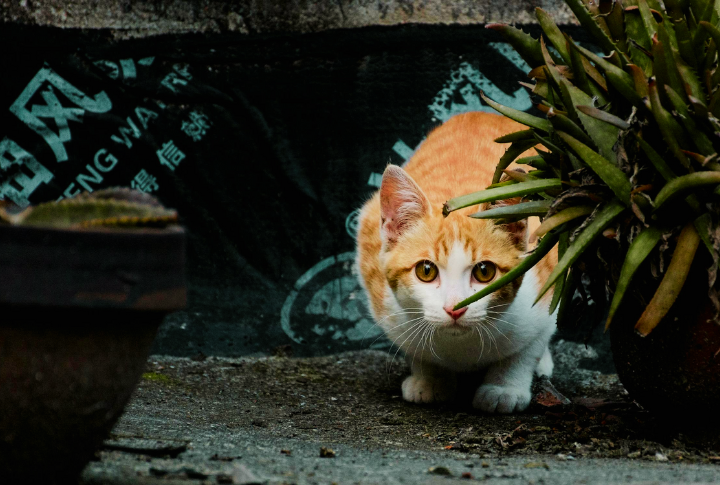
Your cat isn’t always going to hiss or bolt when scared. Sometimes, the signals are barely noticeable. They might be missed if you’re not paying close attention. But those tiny clues matter. Spot them early, and it becomes clear over time whenever your cat needs your understanding and comfort.
Hiding In Unusual Spots
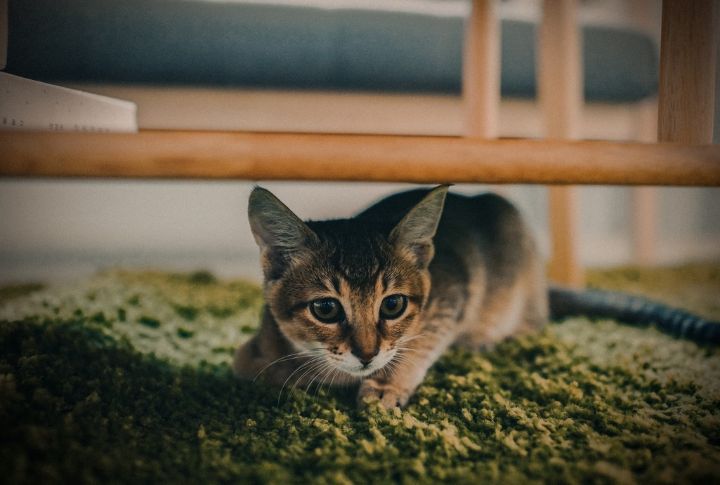
Ever lost a kitty, only to find it behind the dryer or crammed under the bed? When they are afraid, like during fireworks or when strangers visit, a cat can vanish in a flash. Quirky as it seems, hiding is an instinctive defense. Give some space. It’s not a game of hide-and-seek.
Slow Tail Flicking At Floor Level
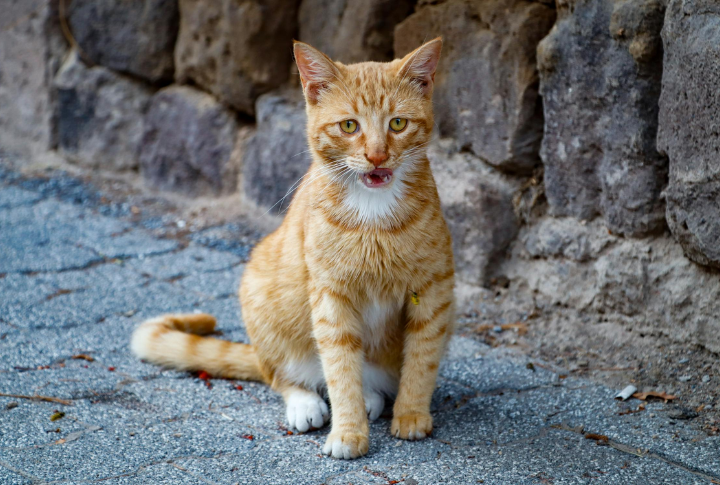
A low, slow flick isn’t just random movement; it’s a quiet cue with a meaning. The subtle motion reflects a neurological reaction of fear and tension rather than excitement. New environments or loud noises often trigger it. Make things easier for your cat before that unease spirals into something harder to manage.
Sudden Silence Or Stillness
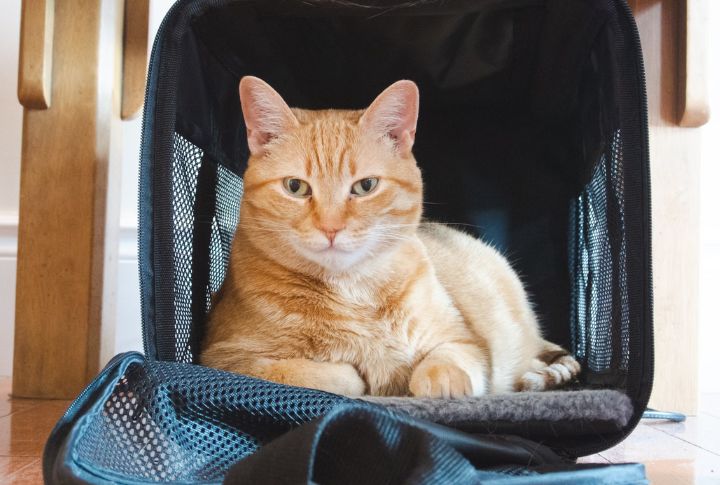
Picture this: a loud cat goes silent the moment guests arrive. Strange? Not really. That sudden stillness is their stealth mode—an instinct to stay off a predator’s radar. Frozen in place, the cat is locked in fear. Respect the quiet. It’s a coping strategy, not a personality change.
Dilated Pupils In Normal Light
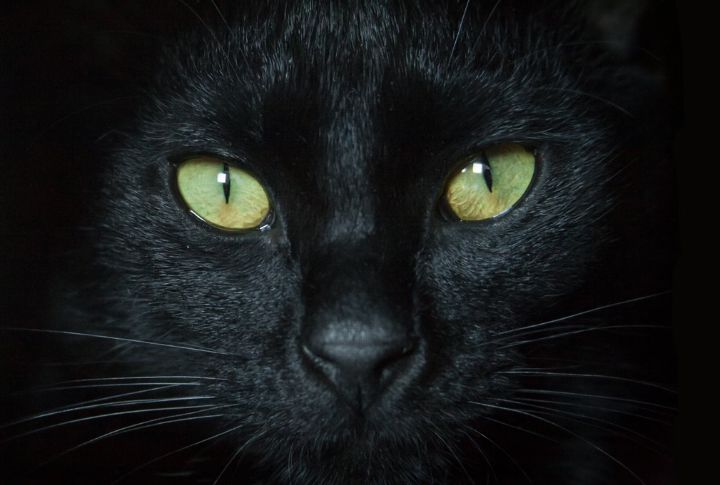
A cat with wide pupils in normal light isn’t trying to be dramatic. That sudden dilation can also signal fear, which helps them scan the environment for threats. It’s a feline survival tool. Lighten the atmosphere, lower the noise, and make things feel a little safer for those watchful eyes.
Over-Grooming A Specific Area
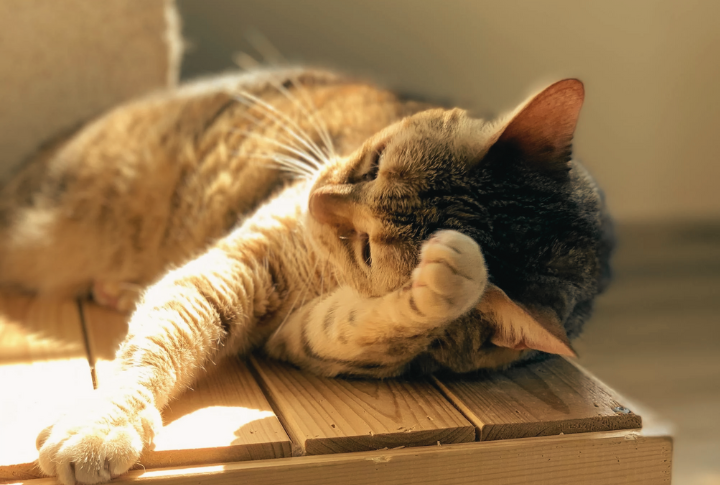
Stress shows up on their coat. When the cat obsessively grooms one spot, like the belly or inner thigh, it’s often anxiety. You’ll notice thinning fur or bald patches over time. Loud environments or vet visits can spark this. Note what makes your cat anxious and make these experiences comfortable for them with treats and positive reinforcements.
Avoiding Eye Contact
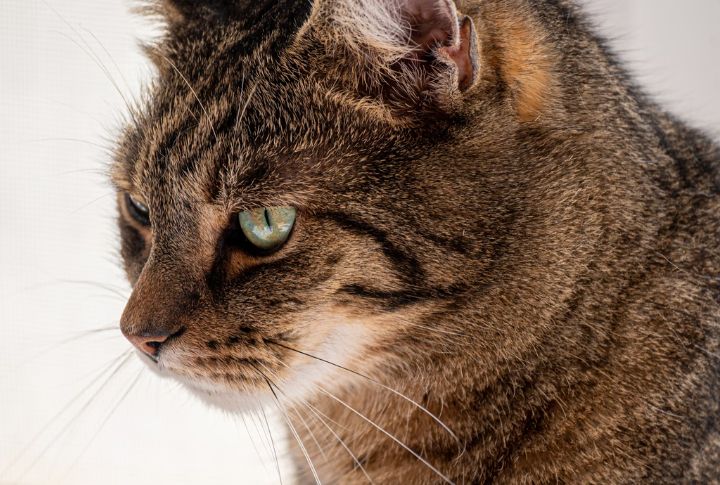
You look at your cat. It side-eyes. You blink. The gaze shifts to the wall like it’s suddenly fascinating. No, that’s not boredom but a sign that your cat is feeling uneasy. They avoid eye contact after incidents or situations that make them anxious. This move signals the need for space, so don’t push for affection.
Low And Crouched Posture Without Movement
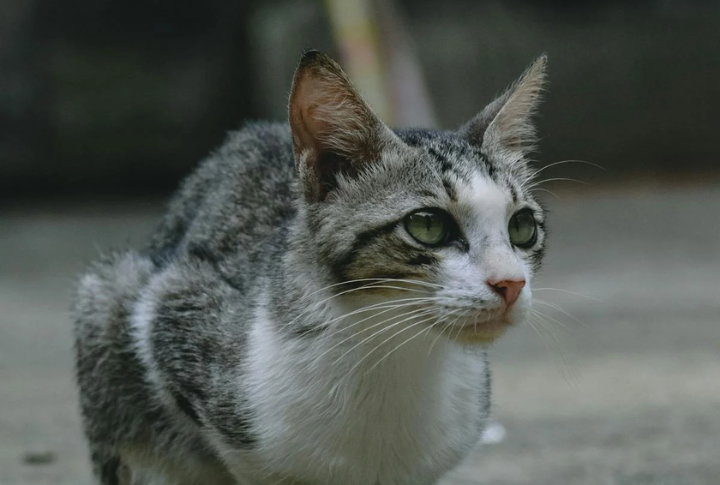
Startle the cat accidentally, and you might catch it crouched low—tense legs and frozen paws locked in place. That posture screams “flight mode.” It’s important to understand that this is a primal reaction rooted in survival instincts, which shows your pet is bracing for the unknown. A softer voice and lowered stance help reduce perceived threat.
Sudden Bursts Of Grooming During Stress

Mid-pet or post-sneeze, your cat stops and licks its shoulder like it suddenly remembered a spa appointment. That’s “displacement grooming.” This behavior is not about cleanliness but stress control. You spooked the cat, so it’s self-soothing with fur therapy. Let the moment pass. It’s a feline version of a nervous tic.
Subtle Trembling In Paws Or Flanks
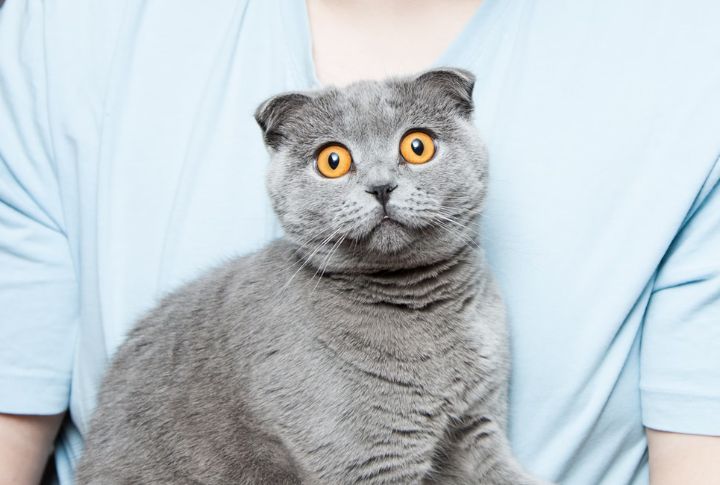
A slight tremble along the flank or a gentle quiver in one paw often goes unnoticed. These movements are caused by anxiety building beneath the surface, not because of cold. Your gentle touch in those moments can make all the difference.
Flattened Whiskers Drawn Toward The Face
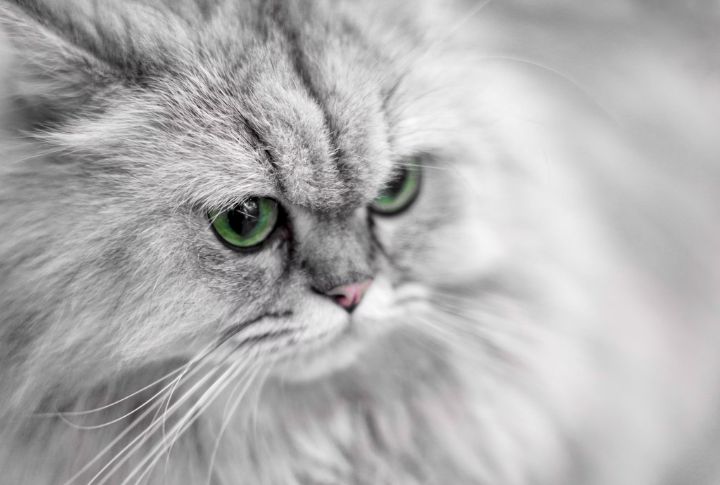
When cats get scared, their whiskers often flatten and tuck closer to their face. This reaction reduces sensory input, signaling their discomfort. You might notice it in unfamiliar environments or tense interactions. To help the cat feel better, give it enough space and create calm surroundings.

